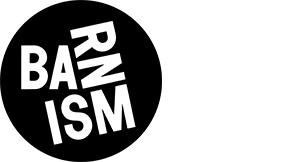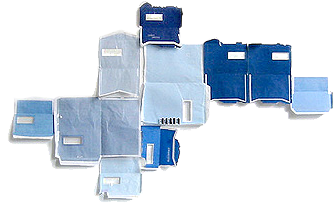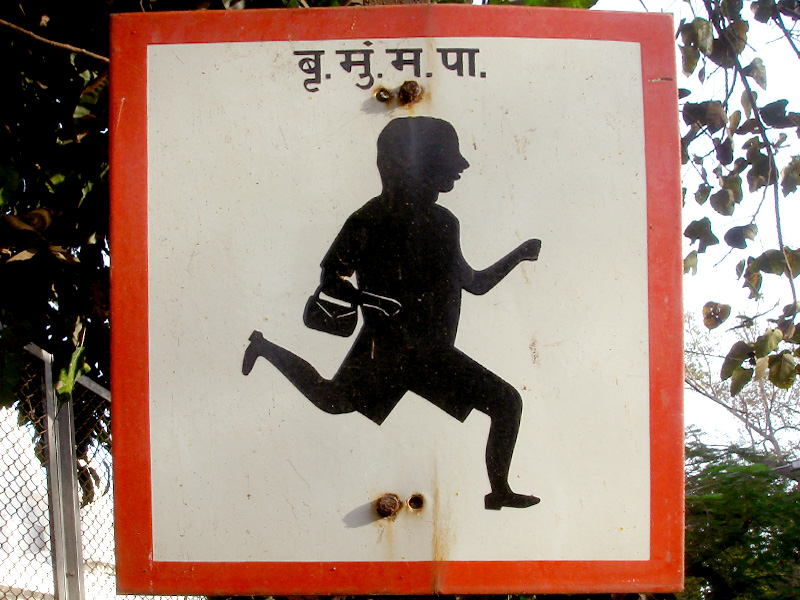Gauze-wrapped Buildings
La Isla
Partial Eclipse
Barcelonareykjavik
Organic bakery in Barcelona.
[Read more…]
Painted on Glass
Strange Running Child
He’s Back!
the return of the Masked Alien.
Bricked Up & Painted Green
Farmacia Del Moro
Thanks to Dennis Sherman for this.















